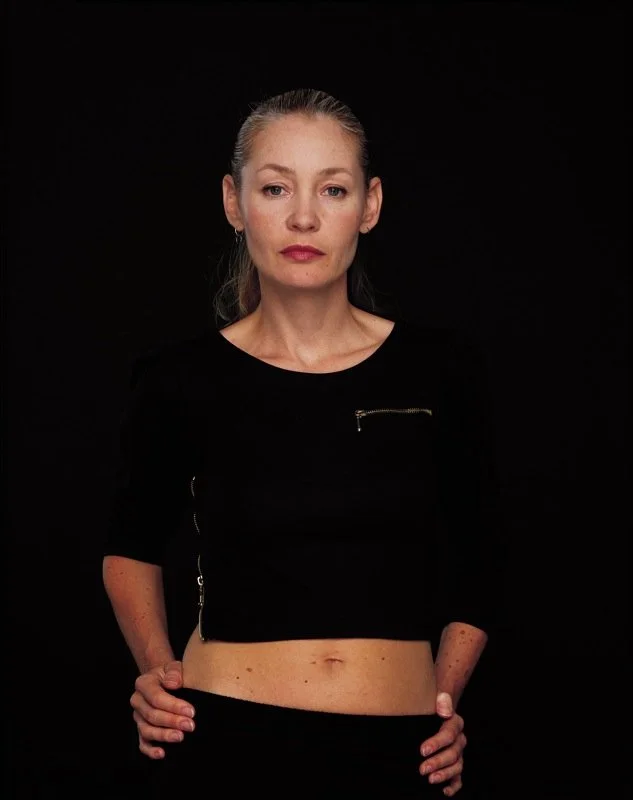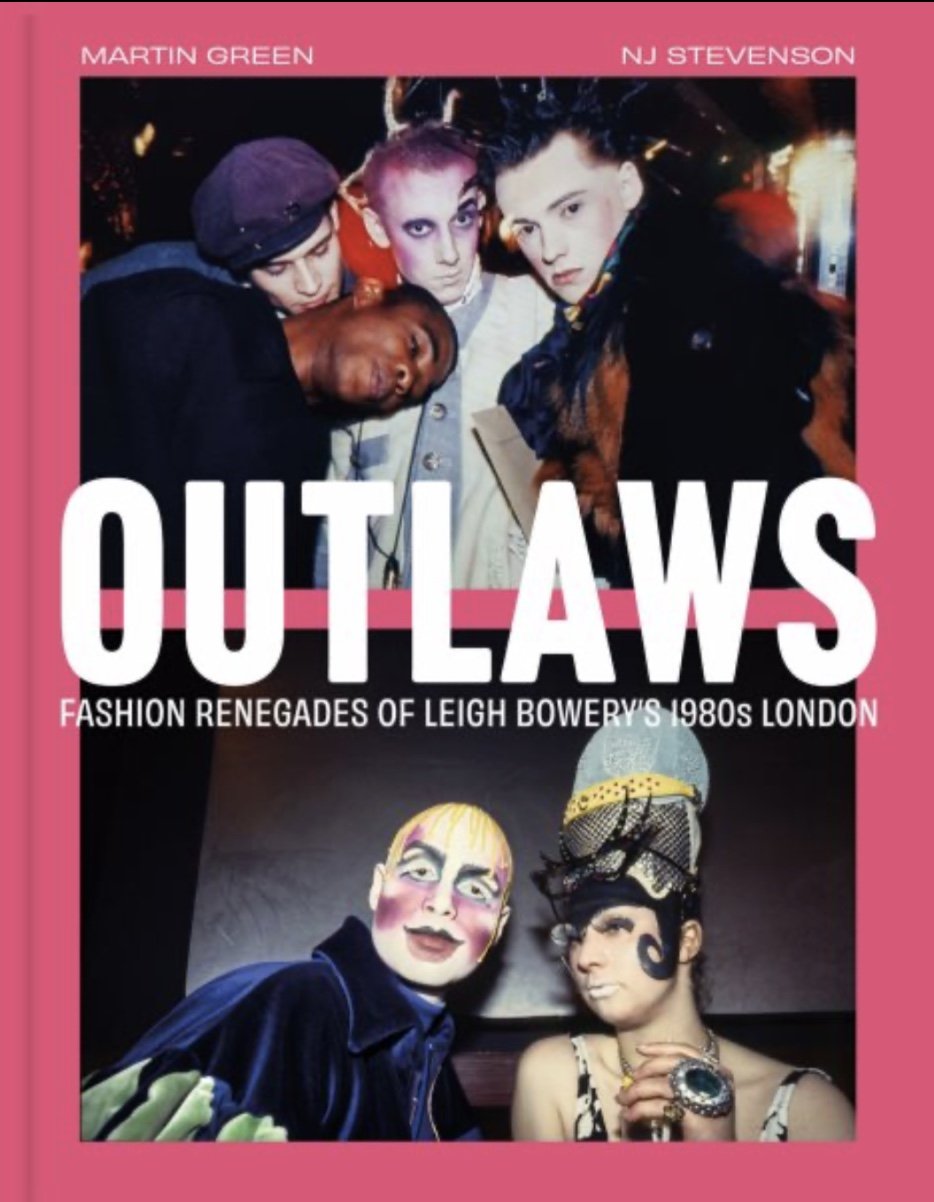Melanie Ward: In Memoriam
Within The Face’s March 1990 issue a new mood was prophetically declared with an eight-page editorial. It featured the work of photographers Corinne Day, David Sims, Glen Luchford, stylists Karl Templer, Adam Howe, and Malcolm Beckford, and models Emma Balfour and Kate Moss. In the story, with each photographer submitting a picture or two, there’s an emphasis on sportswear and denim worn by fresh faced models and non models casually posed. Although the tagline made plain that “the prevailing statement now is understatement,” the editorial is remarkable for being unremarkable. It was easy to dismiss as a “fashion” story, which was the point.
The British stylist Melanie Ward was not part of that editorial, but she would come to define the understated look it espoused. Her styling was devoid of shiny 1980s glamour that was being crossed out by the new mood of grungry realism. Her models lacked visible makeup, their hair were lank and unkempt, clothing rumpled and minimal. They were pale and very thin, the opposite of the towering glamazons of the previous decade.
Working with Day and Sims, Ward produced a series of stripped down looks between 1990 – 1992 in The Face and i-D that would change the course of fashion. It may not have looked like it at the time but she was far ahead of the curve in determining what the 1990s (and beyond) would look like. Her styling, a mix of vintage garments, uniforms and designer pieces by the likes of Martin Margiela, Helmut Lang, and John Galliano, did not scream luxury. And perhaps crucially, her proposals were relatively easy to replicate for her disaffected Gen X audience. But by pairing sneakers with nearly everything, a radical proposal in the early 1990s, she created new possibilities in fashion. Like stylist Ray Petri five years prior, she dissolved the barriers between clothing categories, freeing the wearer from the imposed, dogmatic rules of fashion. She handed the reins of style to the individual.
One of her earliest, and certainly most important stories, was in The Face July 1990 with Kate Moss, shot by Corinne Day. Entitled “The 3rd Summer Of Love”, a reference to the acid house raves then sweeping the UK, the black and white images are about as far away from the traditional fashion imagery of the 1980s as one could imagine. In a selection of designer and vintage tops, white denim, sport shorts and Birkenstocks, the style is minimal but considered. And it would set the stylistic template for the decade.
Ward understood design. She understood fit, proportion, and silhouette. She recut a pair of Levi’s shorts to ride lower on the hip for a shoot in the February 1991 issue of The Face. The re-introduction of that 1960s shape would be adopted by Helmut Lang and Calvin Klein, both of whom Ward would later work with, and which would be taken to extremes by Alexander McQueen. And she also understood menswear. In the May 1991 issue of The Face, a young man with a shaved head wears a narrow shouldered, two button blazer with low slung, straight legged corduroy jeans. Lean and spare, the look bore no traces of the inflated men’s fashion of the 1980s and was endlessly adopted by various designers. But it is Ward and Day’s “England’s Dreaming” editorial from The Face August 1993 which produced the definitive image of grunge: model Rosemary Ferguson in a men’s two button suit, vintage t-shirt and scruffy, unlaced sneakers, staring pensively towards the ground. With a few simple pieces, Ward skillfully combined tailoring and sportswear, vintage and new, masculine and feminine, into an image of vibrant modernity which still resonates today.
The Face declared Ward and Day harbingers of a new aesthetic with “Young Style Rebels, London’s New Model Army,” on the cover of its June 1992 issue. This would also be the final year of her style, now known as grunge, as an underground phenomena, soon surfacing at bigger glossies both in Britain and America. Although Vogue and Harper’s Bazaar preferred a softer, prettier version of grunge, their adoption of the style signaled Ward’s relevance as an image maker. It was also the year when brands began to seek her styling and consulting services, Helmut Lang and Calvin Klein in particular. For her Calvin Klein Jeans and Underwear campaigns shot by Sims, Ward added a little studded bracelet to Moss’ wrists, a subtle touch of punky subversion at the American conglomerate. She injected a dose of London cool to Lang’s Spring – Summer 1994 catwalk by shaking up his by casting. Ward’s styling helped turn Lang into one of the most influential and coveted brands of the ‘90s. She would continue collaborating with him until Lang’s retirement from fashion in 2005.
In 1996, Ward became senior fashion editor of Harper’s Bazaar. The magazine had undergone a radical transformation in 1992 when newly appointed editor in chief Liz Tilberis hired art director Fabien Baron to restore the magazine to its former modern heyday under Alexey Brodovitch. Ward’s modernist style was key to positioning Bazaar as one of the most directional fashion magazines of that decade, offering American readers an alternative to staid classics. Her editorial with Steven Klein in the December 1996 issue with models Emma Balfour and Amy Wesson in primary colored bodycon looks, unkempt hair and painted lips, is representative of Ward’s sensibility. The same can be said of her story with photographer Patrick Demarchelier in the February 1999 issue with model Erin O’Connor, her bare face offset by a severely geometric haircut as she strikes angular poses. Ward’s position at such a prominent magazine cemented grunge aesthetics into the fashion vernacular where it remains potent and omnipresent.
Ward’s trajectory through fashion reveals how new proposals, when anchored in uncut realism, can change the status quo even if they are initially perceived as radical. In her final years, she worked with mainstream brands like Versace, Hermes, Dior, and Fendi. Ward’s initial proposals of anti-glamour realism, so at odds with the lustrousness of fashion at the time, eventually took her to the heights of established fashion where glamour remains an essential constituent. Ward remained slyly subversive to the end.






